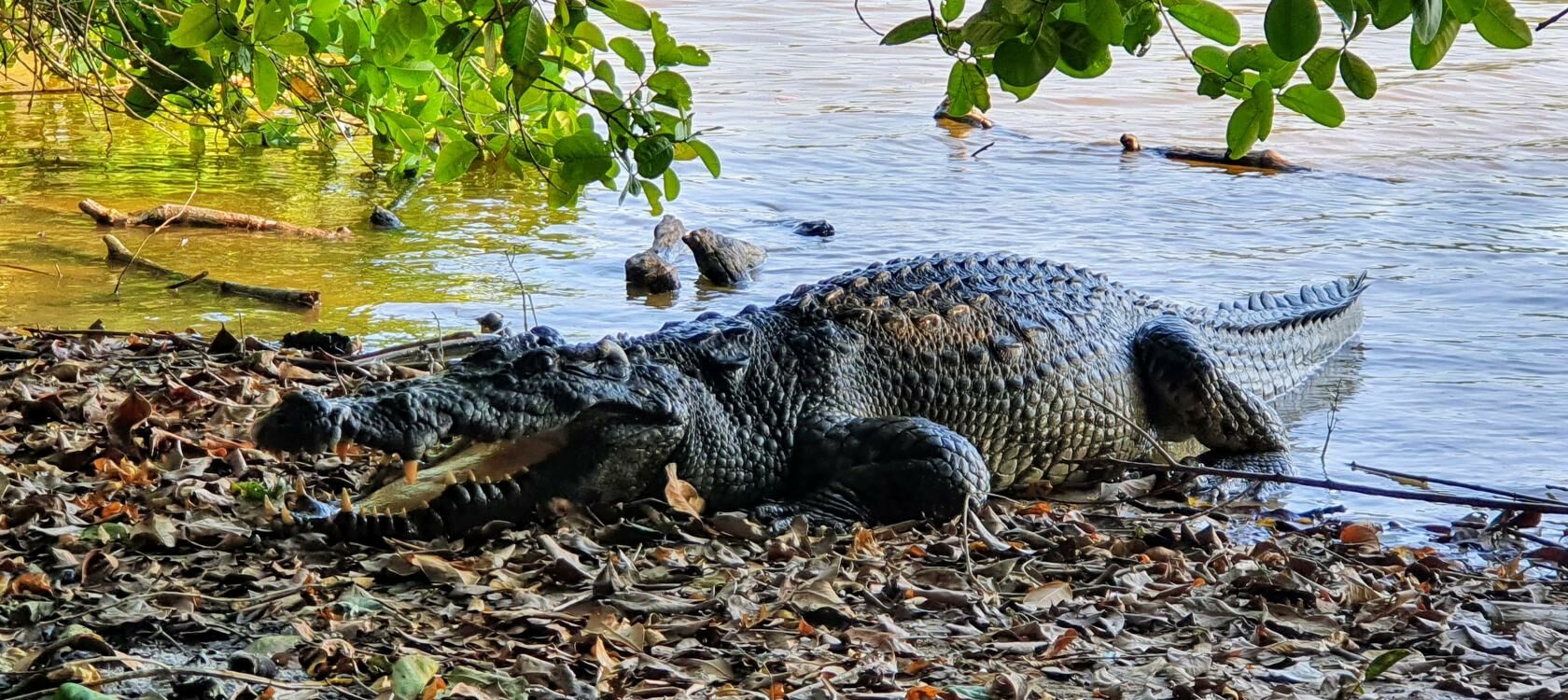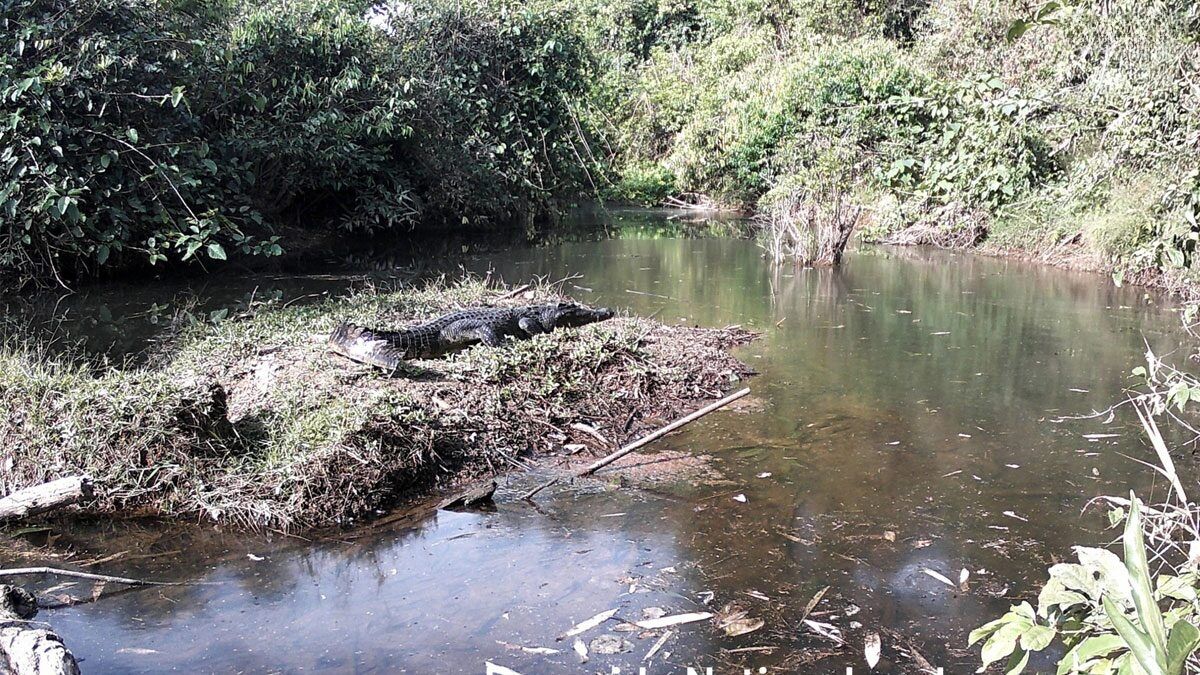Croc and awe: Rare Siamese crocodiles spark conservation hope

The recent discovery of two Thai freshwater crocodiles, each measuring between 2 and 3 metres, in Pang Sida National Park has reignited hope for the conservation of this critically endangered species.
Officials confirmed sightings across six protected forest areas in Thailand, marking a significant milestone in efforts to save these majestic reptiles.
Yosawat Thiansawat, Director of the Conservation Area Management Office 1 in Prachinburi, part of the Department of National Parks, Wildlife and Plant Conservation, unveiled the success of motion-detecting cameras set up to monitor the crocodile population. These cameras captured images of two Siamese crocodiles (Crocodylus siamensis) on three occasions in the park’s Wang Yao area.
The first sighting last year on December 9, at 9.27am, featured a solitary crocodile basking in the sun. On December 22, at 10.27am, cameras recorded two crocodiles: one sunbathing on a mound, the other floating in water.
In a curious turn, the two approached each other, sparking speculation of mating behaviour as one attempted to flee and the other gave chase. The latest sighting was on December 29, at 12.03pm, showing a crocodile floating serenely in the water, surrounded by otters. All spotted crocodiles measured between 2 and 3 metres long.
The area, rich with diverse wildlife such as monitor lizards, otters, elephants, and plenty of fish, provides a crucial habitat for these crocodiles. The natural resources surrounding this network of waterways make it an ideal environment for the species.

Yosawat explained that the Siamese crocodile is native to regions including Thailand, Laos, Cambodia, Vietnam, Kalimantan, Java, and Sumatra. These medium to large-sized crocodiles can reach lengths of 3 to 4 metres and feature distinct nuchal scales.
They reach sexual maturity at 10 to 12 years of age, laying 20 to 48 eggs, typically around the rainy season in May, along sandy riverbanks, reported KhaoSod.
Currently, these freshwater crocodiles inhabit six conservation areas in Thailand, namely Pang Sida National Park, Thung Salaeng Luang, Kaeng Krachan, Khao Ang Rue Nai Wildlife Sanctuary, Yod Dom, and Bueng Boraphet Non-Hunting Area, said Yosawat.
“It’s uncertain whether these crocodiles are part of the original population or newly released individuals, but their presence and natural behaviour are conservation triumphs.
“Typically solitary, freshwater crocodiles subsist on fish and small animals. They pose no threat to humans when undisturbed and with ample food supply. This discovery gives us renewed optimism for the conservation and restoration of the species in Thailand.”
These sightings highlight the importance of continued monitoring and conservation efforts to ensure the survival of the Siamese crocodile, a species barely clinging to existence. Hopefully, this be the turning point for the ancient reptiles.
Latest Thailand News
Follow The Thaiger on Google News:


























